From the private viewing interface of TingSpeak, we can monitor the weather of the office cubicle in real time, for example, right now, it shows that the light is relatively strong, so I'd better put on sunscreen and go out, the humidity is also low, so I have to put on moisturiser, the temperature is good and there is light wind, so I wear a moderately thick long-sleeved shirt, now, let's leave to work happily.
Weather Station With A7670 -- Remote Monitoring
A weather station with Maduino Zero 4G LTE(CAT1 A7670), which support HTTP, and can transfer
 Makerfabs
Makerfabs

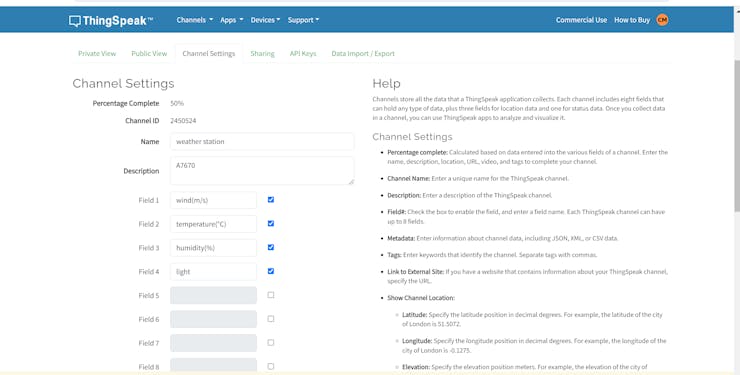
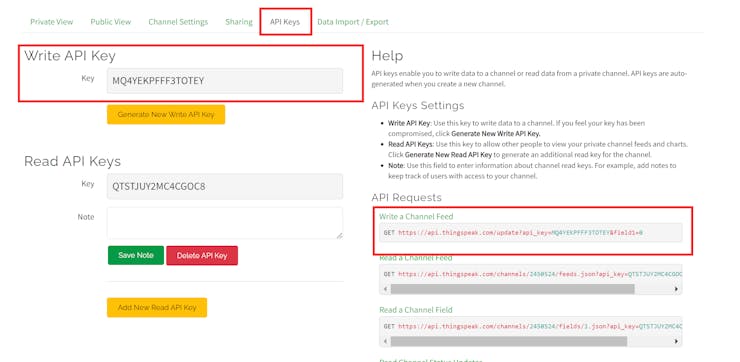

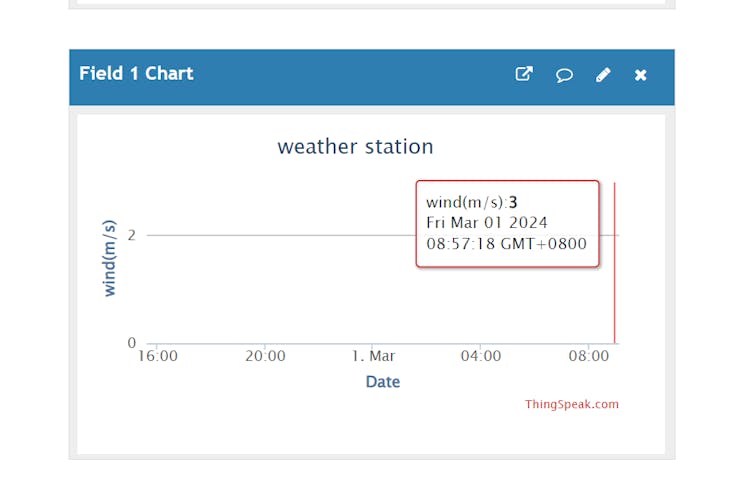

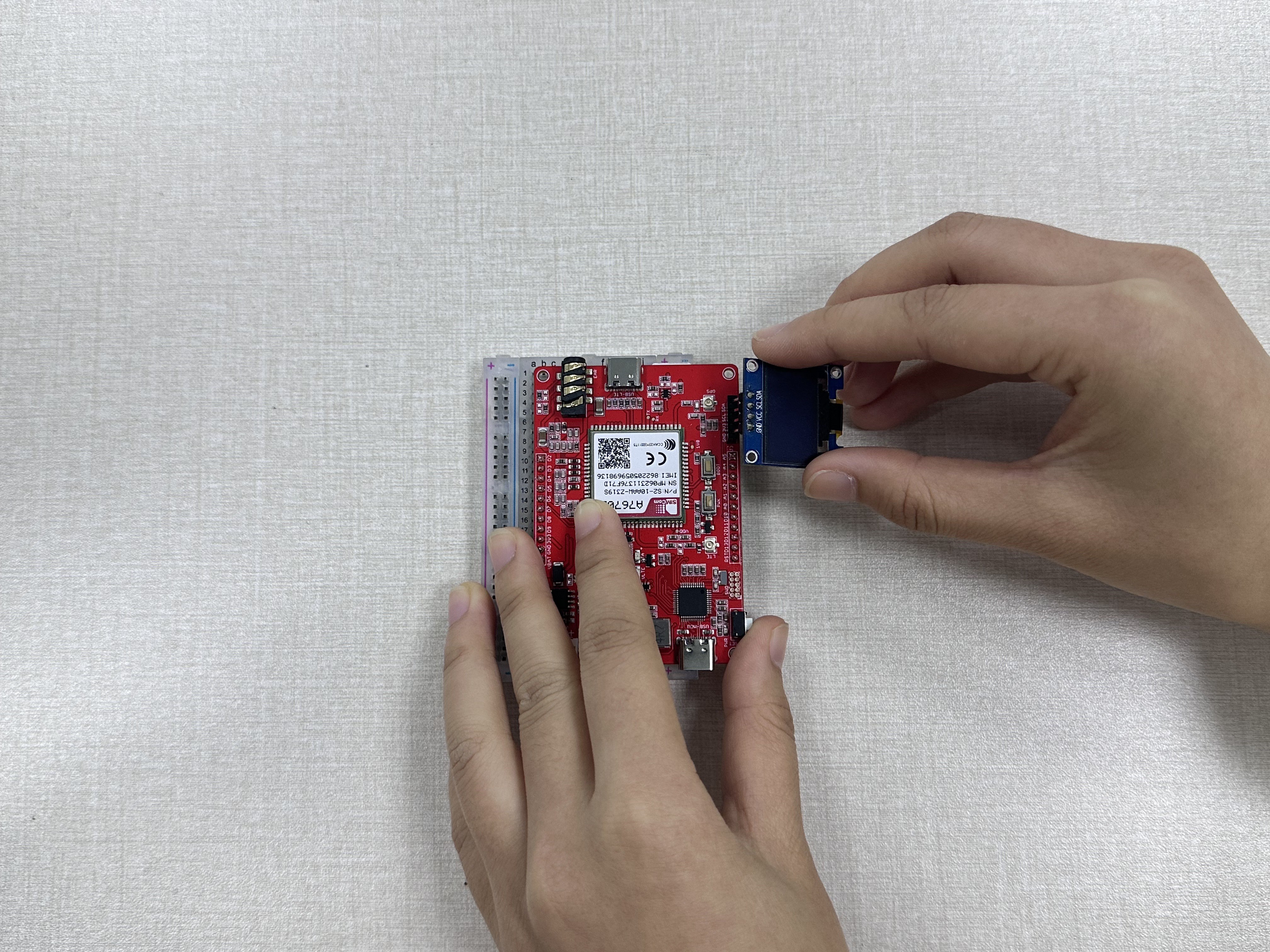



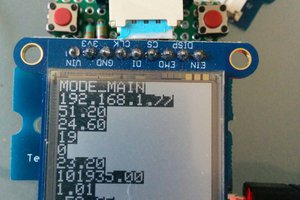
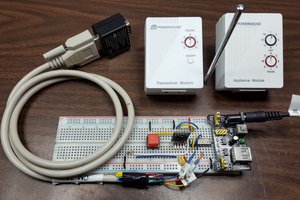
 Hari Wiguna
Hari Wiguna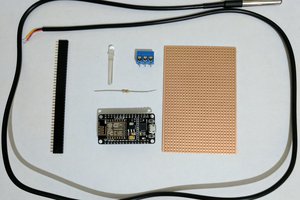
 Quintin Balsdon
Quintin Balsdon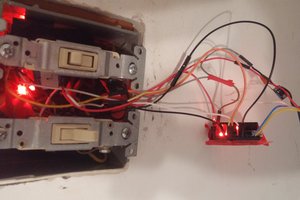
 thjubeck
thjubeck